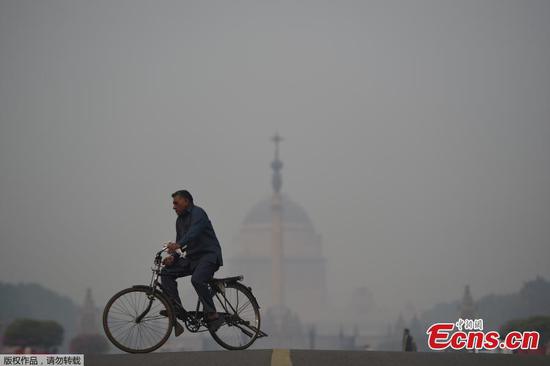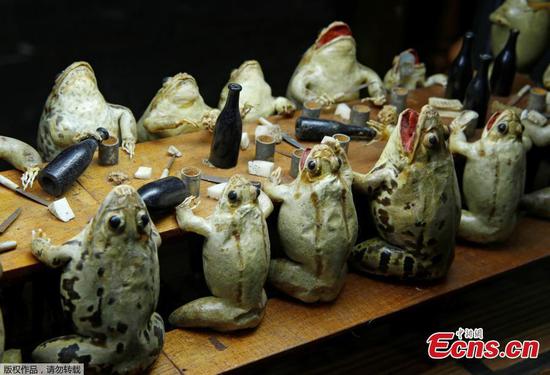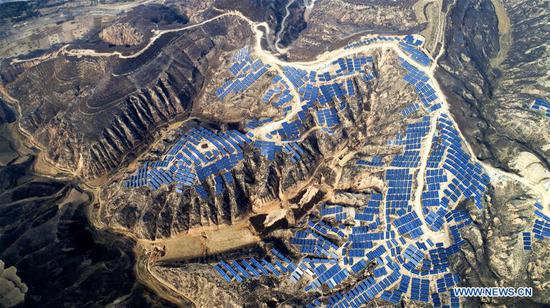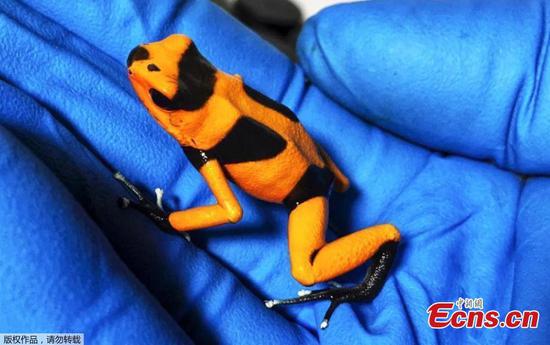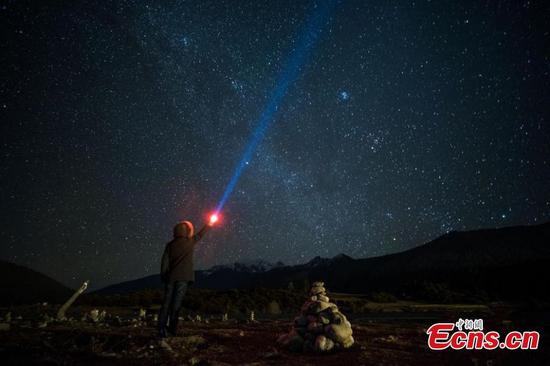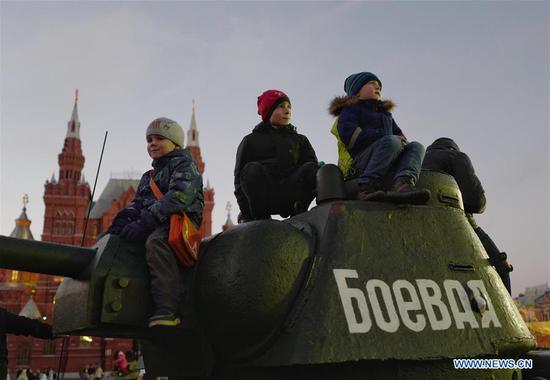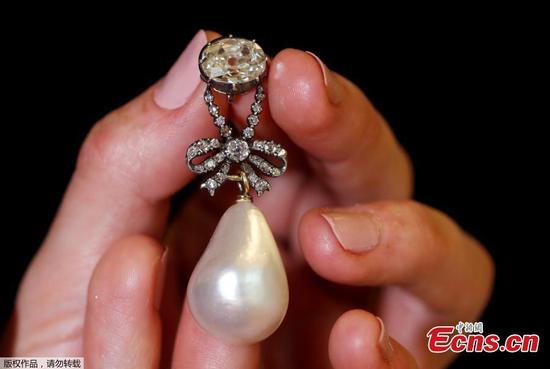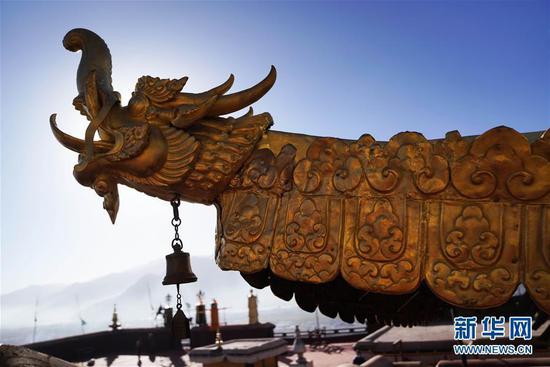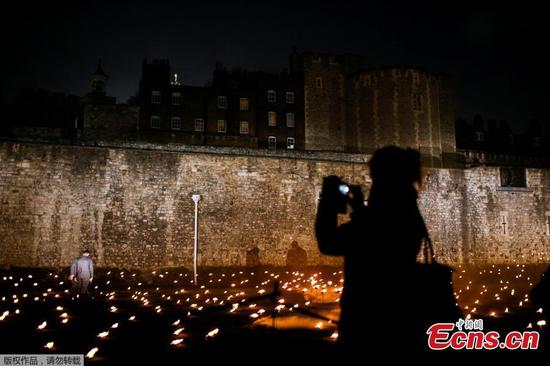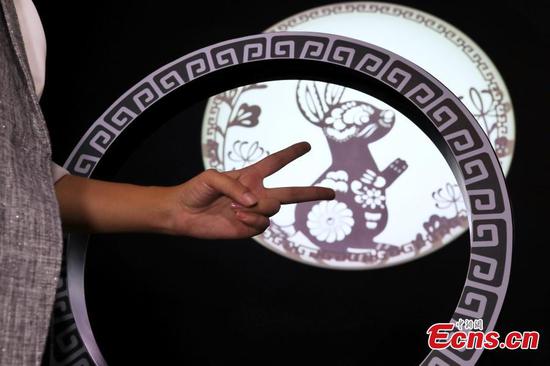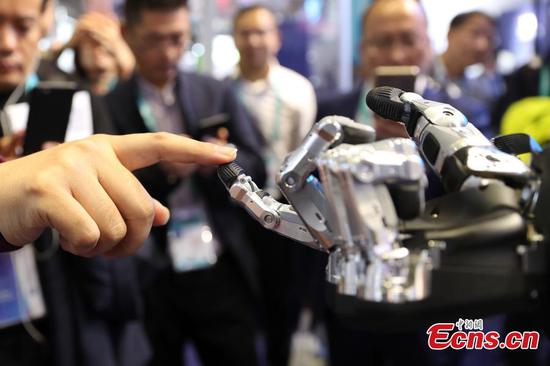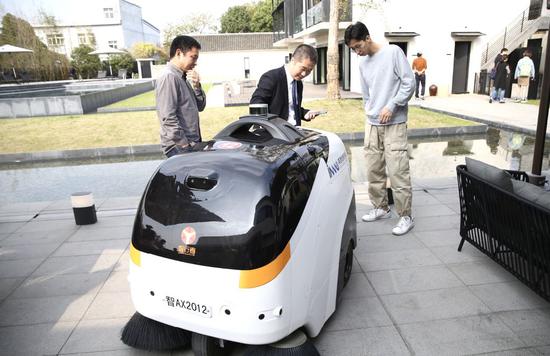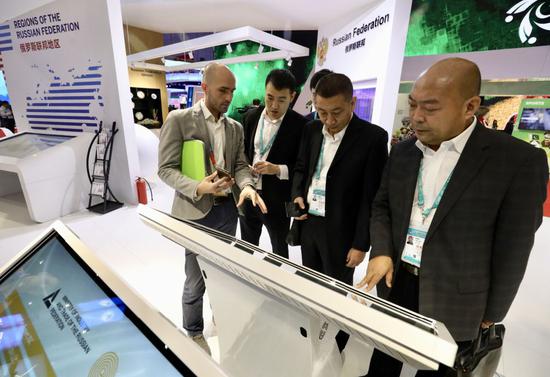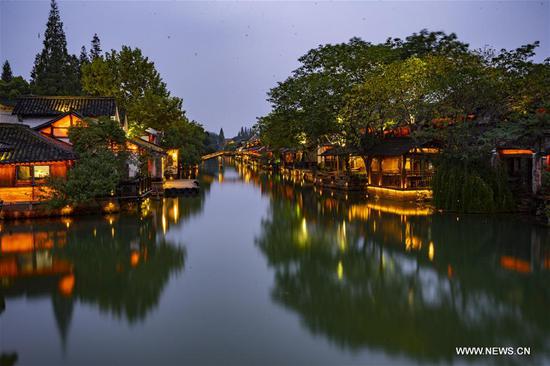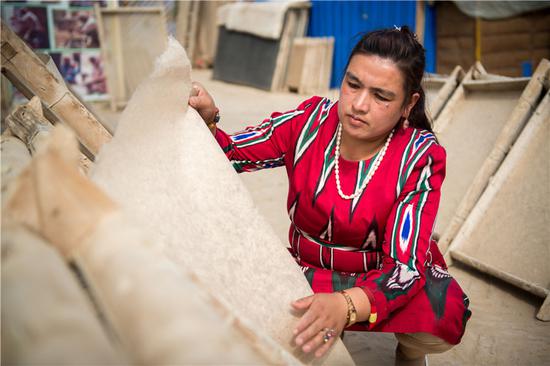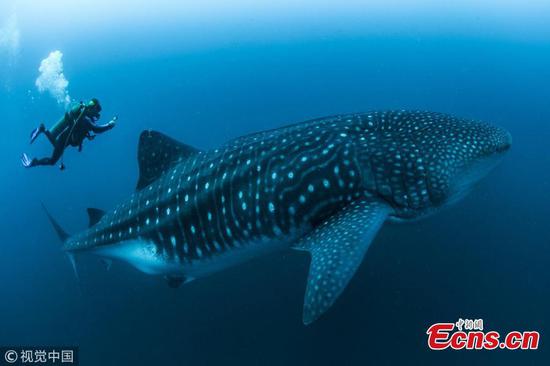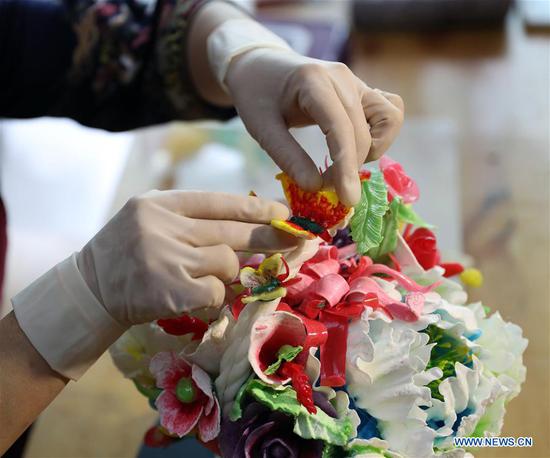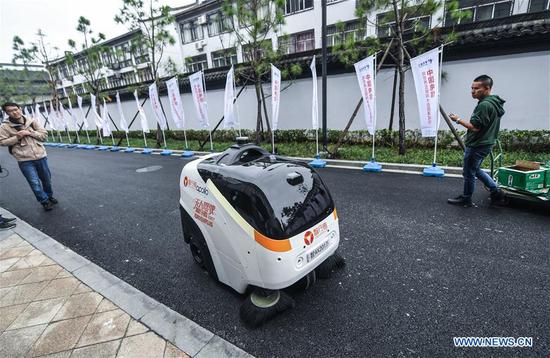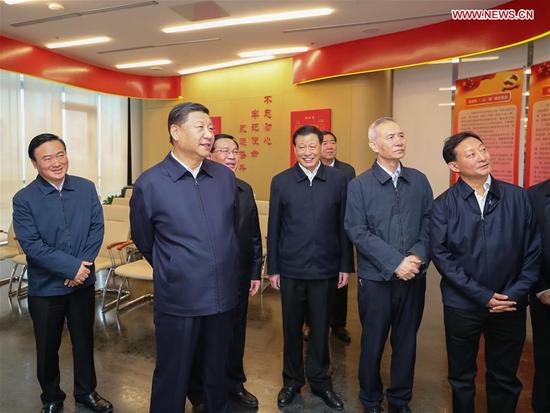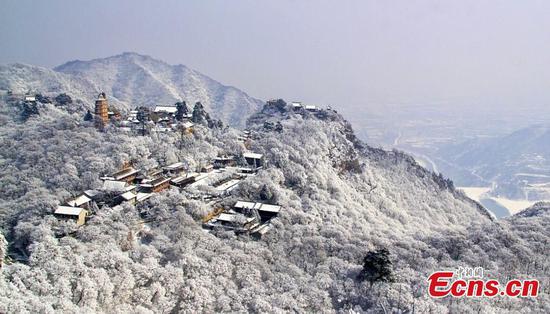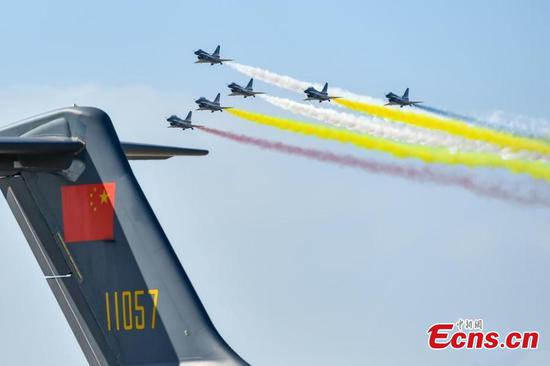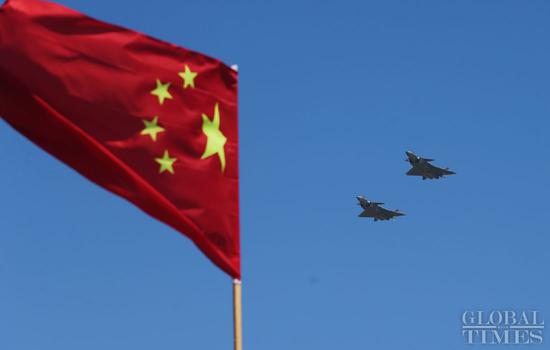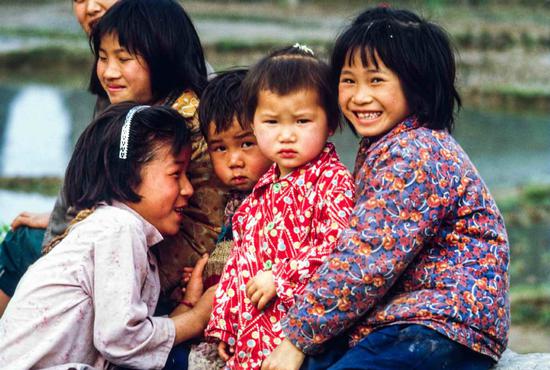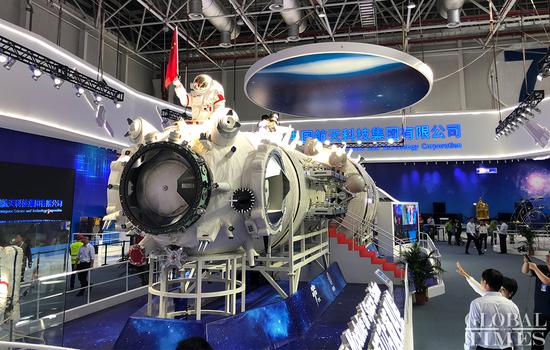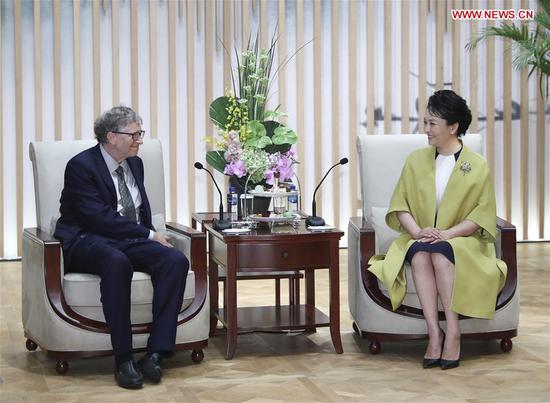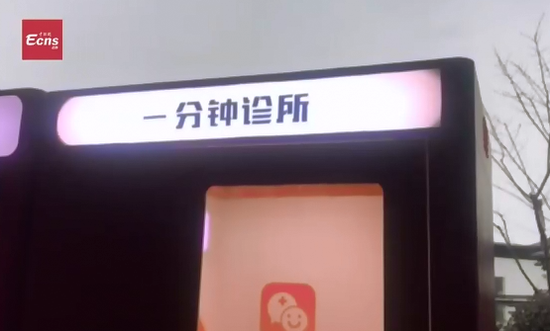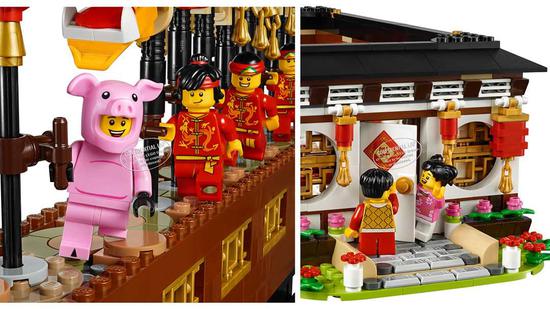
The two brick sets are inspired by iconic tradition and culture of China's spring festival. (Photo /Shine.cn)
How does Lego embrace the China International Import Expo (CIIE)? With Lego bricks of course, or 110,000 bricks to be precise, that's how many it took to create the colorful mosaic at the Lego booth entrance, featuring Jinbao, the expo's panda mascot.
It's the work of Prince Jiang, a Lego Certified Professional, one of only 20 around the world, and the youngest. He started playing with Legos when he was eleven.
Lego's "business card"
At the 378-square-meter booth, are displays that would elicit squeals from kids, and the kid at heart. We meet Niels Christianson, the towering CEO of Lego Group, who gives us his “business card,” a mini-figure built in his likeness, in suit and glasses, although he laments they don't reflect his (very) long legs. He shows around the sets arranged by age – from toddler-friendly Duplo, TV-series linked Ninjago, consumer-generated Lego idea sets, to 50,000 pieces sets that grown-ups collect. The CEO may have adult children, but he also builds Lego, especially complex architectural feats.
Play and learn
Almost half of the booth is dedicated to Legos that are programmable, reflecting Lego's crossover into STEAM education, with coding-enabled creations that demonstrate the laws of physics and the basics of machinery. A steel ball drops vertically and a display shows the velocity. A Lego cobra with a sensor bites when your hand nears. Lego has just finished designing its own curriculum for schools that want to incorporate more fun into learning, with textbooks and training kits for teachers.
China plans
Lego held a press conference at the CIIE to announce China-specific plans. When you're the world's no.1 toy brand and China is your fastest growing market, it's a no-brainer that you would build on the momentum.
Come Chinese New Year 2019, consumers can expect the very first Lego sets created specifically for a country. The traditional New Year sets feature family visits and feasts with mini-figures dressed in Chinese red, as well as the dragon dance. For now, the only pictures available are partial close-ups, teasing the ever-curious public. It's another example of multinationals' strategy of “producing and selling in China, designing for China.”
Christianson tells us that Lego is opening more brick and mortar stores in China, from the current 60 to 150 by the end of next year. Of course it is also available on major e-commerce sites like Tmall, Amazon China and JD. The company's two-year-old factory in Jiaxing, its first in China, will expand production but the CEO kept mum about the scale.
China is a shining beacon in a dim global toy market. Global sales for Lego were almost flat in the first half of 2018, with slight declines in the US – partly blamed on the bankruptcy of Toys R US, while China sales grew by double digits.









